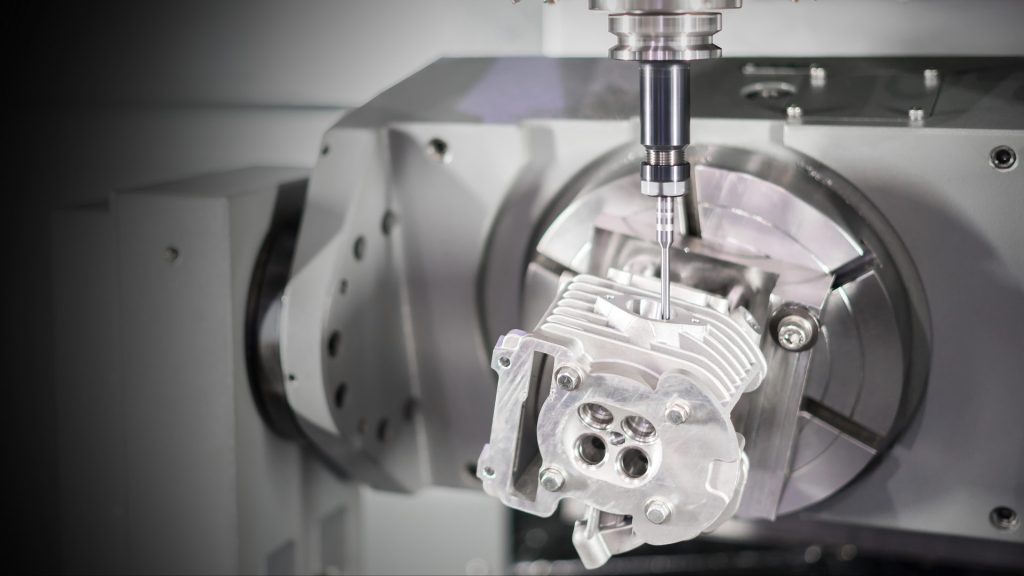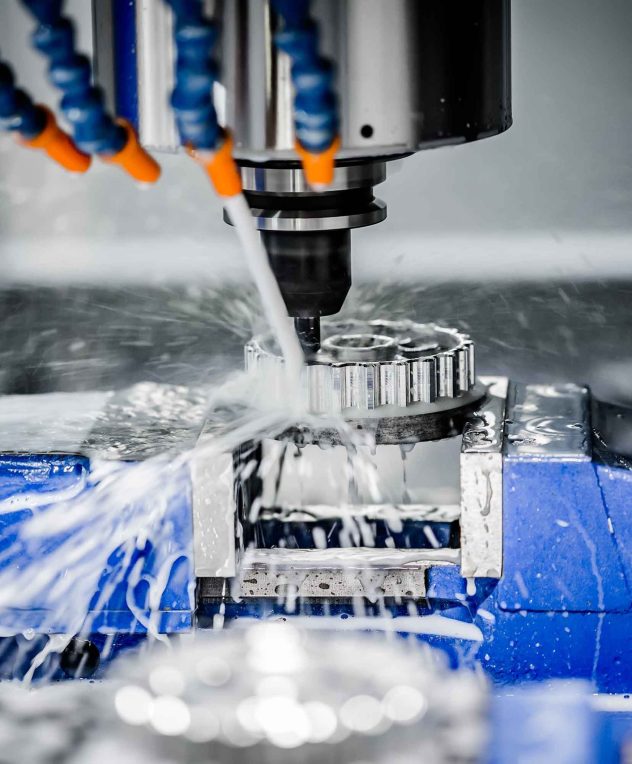
Tap Tools: Performance Comparison on Different Materials
People use tap tools to create internal threads in various materials. The tool material, tool coating, workpiece material, cutting parameters, and lubrication conditions affect the performance of tap tools. This article compares some common tap tools on different materials.
We can classify tap tools into four categories based on the tool material: high-speed steel (HSS), carbide, ceramic, and diamond.
HSS tap tools have low cost and good toughness, but they wear out quickly and have low hardness. They work well for tapping soft materials at low speed and feed. Carbide tap tools have high hardness and wear resistance, but they are expensive and brittle. They work well for tapping hard materials at high speed and feed. Ceramic tap tools are harder and more heat-resistant than carbide tap tools, but they have low toughness and strength. They work well for tapping high-temperature resistant materials at ultra-high speed. Diamond tap tools are the hardest and most wear-resistant type of tap tools, but they are very expensive. They work well for tapping non-ferrous metals and non-metallic materials at high speed.

Tool coating is another factor that affects the performance of tap tools. It is a thin layer of material that covers the surface of the tool to improve its performance. It can make the tool harder, more wear-resistant, more heat-resistant, more corrosion-resistant, and more lubricious. Some common types of tool coatings are titanium nitride (TiN), titanium carbonitride (TiCN), titanium aluminum nitride (TiAlN), diamond-like carbon (DLC), and polycrystalline diamond (PCD).
A research study showed that different types of coated taps had different tool life when tapping nodular cast iron under dry conditions. TiAlN-coated taps lasted the longest, followed by TiCN-coated taps, TiN-coated taps, and uncoated taps. Flank wear and chipping were the main wear mechanisms.
To sum up, choosing the appropriate type of tap tool for different applications is important to achieve optimal results.






Leave a Reply